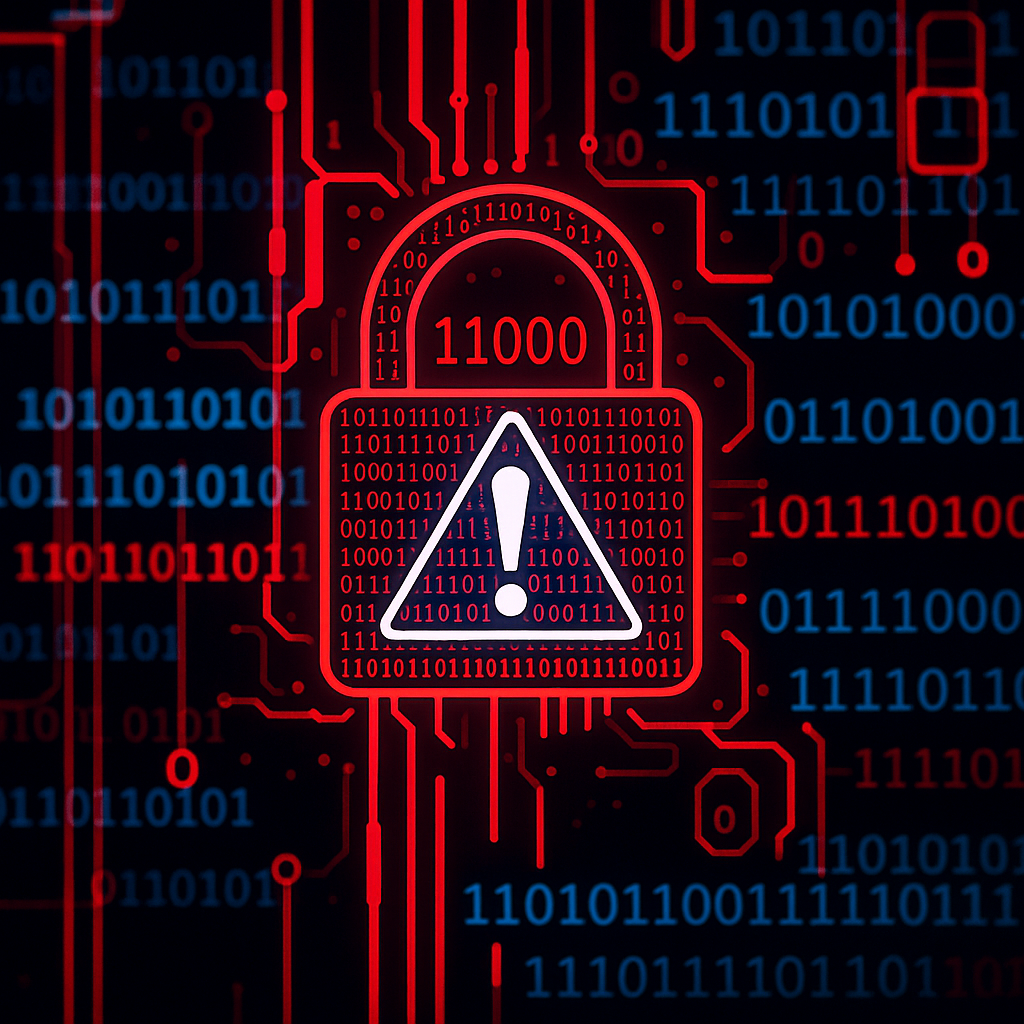# CISA Warns of China-Linked Exploits on VMware Zero-Day
In a world where cybersecurity threats lurk like digital phantoms, the latest alarm comes from an unexpected vulnerability in VMware—exploited by none other than a China-linked hacking group. This revelation is no mere footnote in the annals of cybersecurity; it’s a wake-up call for organizations globally. But what is it about this attack that has set the cybersecurity community abuzz? Let’s delve into the incident to understand what transpired, how it worked, and, perhaps most crucially, why it matters so much today.
## Understanding the Attack: What Happened?
**VMware’s Zero-Day Vulnerability**: This newly uncovered zero-day vulnerability in VMware software is the latest playing field for hackers. When a vulnerability is dubbed “zero-day,” it means there are no fixes or patches available, leaving systems exposed to exploitation from the moment the flaw is discovered.
**The Exploit**: Hackers reportedly used this zero-day flaw to launch attacks on various organizations. It involves unauthorized access to the systems, where attackers potentially gain administrative control. This is much like handing over the master keys to your house without realizing it!
## How the Attack Works: The Technical Breakdown
The exploit primarily targets **VMware’s software**, which is widely used for **virtualization** in data centers around the globe. Here’s a step-by-step breakdown of the attack:
1. **Detection of Vulnerability**: Cybercriminals identified a security gap in VMware’s software. While users were unaware and unprotected, hackers brute-forced their way into the systems.
2. **Unauthorized Access**: Once inside, the attackers exploited the vulnerability to gain unauthorized access. Imagine someone finding a loose window latch in your house during the night—before you know it, they’ve slipped in silently.
3. **Privilege Escalation**: Next, they elevated their access privileges. Think of it as breaking into a building and then finding the keys to every room, including the vault.
4. **Data Exfiltration and System Manipulation**: With escalated privileges, the attackers could extract sensitive data or manipulate the system’s operations to their advantage.
5. **Covering Tracks**: After executing their plan, the hackers washed away their footprints, making it difficult to pinpoint the origin and full extent of the breach.
## Why This Matters in Today’s Cybersecurity Landscape
**The Onset of Elevated Threat Levels**: This incident underscores a rising trend in sophisticated cyberattacks linked to nation-states. Such attacks aren’t limited to stealing data—consider them akin to spies infiltrating to destabilize and disrupt vital infrastructures.
**Impact on Business Continuity**: VMware software forms the backbone of many enterprises’ IT environments. When compromised, the ripple effect can jeopardize business operations, leading to **financial losses**, **data breaches**, and shaken trust among stakeholders.
**The Importance of Proactive Defense Strategies**: In today’s cybersecurity climate, waiting for a patch isn’t an option. The landscape demands proactive measures, such as deploying **AI-driven threat detection systems** and using **machine learning algorithms** for anomaly detection. These technologies can act like digital watchdogs, sniffing out the slightest hint of suspicious activity.
**A Wake-Up Call for C-Suite Executives**: For company leaders, this breach serves as a stark reminder of the dynamic nature of cybersecurity threats and the need for robust network security protocols and comprehensive data protection strategies.
## Real-World Applications and Future Implications
The implications of this attack extend far beyond immediate damage control. Organizations are being forced to re-evaluate their **cybersecurity strategies**, seeking out improvements and investing in sophisticated threat detection technologies that preemptively identify risks rather than merely reacting to them.
As cybersecurity professionals grapple with this evolving threat, the necessity for **continuous learning and adaptation** grows. Training programs focused on enhancing knowledge on emerging threats, coupled with regular system audits, can offer a bulwark against future attacks.
Furthermore, this incident highlights the critical need for international cooperation in cybersecurity. With threats transcending borders, a concerted global effort is paramount to developing standardized responses and sharing intelligence to better defend against nation-state actors.
## Conclusion
While the VMware zero-day exploit may echo sinisterly in the halls of cybersecurity, there’s a silver lining. Awareness and understanding are the first steps in empowering organizations to bolster their defenses. By pushing the envelope with cutting-edge technologies and fostering an environment of vigilance and preparedness, we can transform vulnerability into strength. The battle for cybersecurity supremacy continues, and it’s one that organizations must meet head-on with agility and informed strategy.
References:
1. The Hacker News. (2025). [CISA Flags VMware Zero-Day Exploited by China-Linked Hackers](https://thehackernews.com/2025/10/cisa-flags-vmware-zero-day-exploited-by.html).
2. VMware Official Documentation
3. CISA (Cybersecurity and Infrastructure Security Agency) Reports




